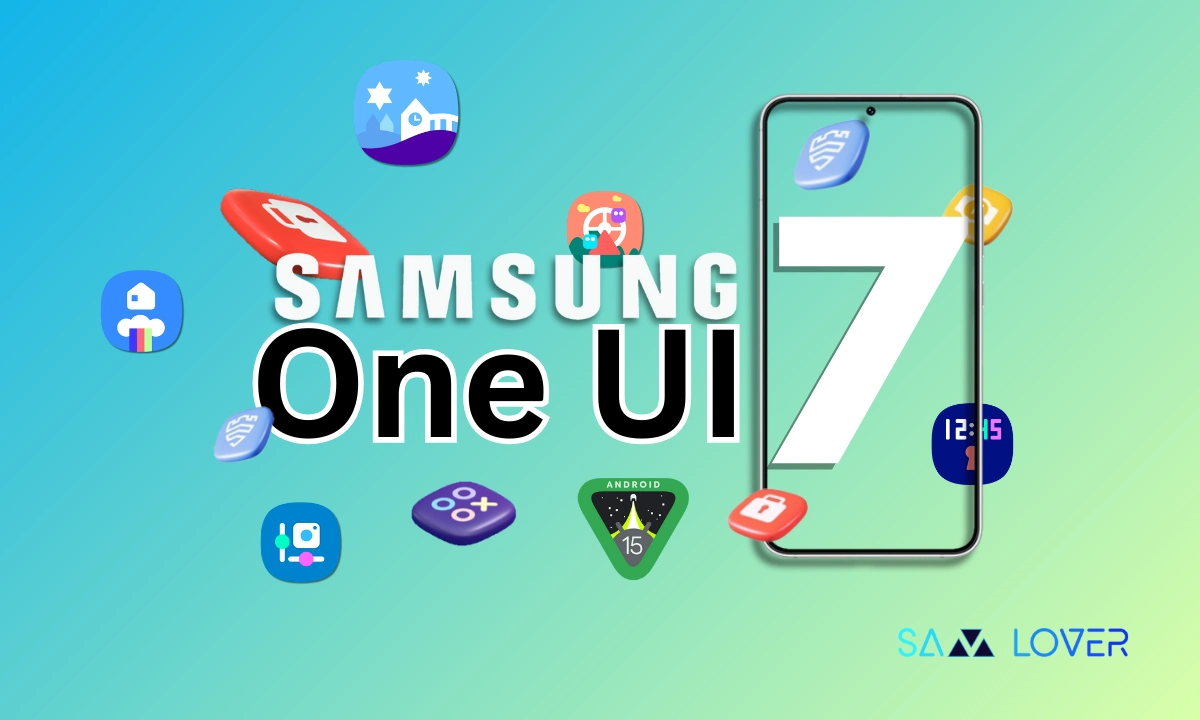Android 15
Android 15 Introduces “Vibrate When Unlocked” for Notifications

Google’s next major iteration, Android 15, is actively in the developing stage and is expected to stop phones from vibrating while getting a lot of notifications.
Google has recently made Android 15 Beta 1.2 available to download, which has brought some crucial improvements. Now reports are revealing that Android 15 will bring new functionality to enhance the users’ experience, which will force the phone to stop vibrating while getting a lot of notifications.
Android 15’s notification cooldown reduces the volume of repeated notifications from the same application. However, at the moment, it doesn’t stop the phone from vibrating for each notification. However, we anticipate a future update to address this issue.
Speculation suggests that the reporter, while exploring the latest Android 15 Beta 1.2 update, successfully restored the notification cooldown settings page (Settings >> Notifications >> Notification cooldown), which Google had previously hidden from users in Android 15 Beta 1. According to the reports, a new toggle has been added that was previously unavailable: “vibrate when unlocked.” According to the description, this toggle makes it so the device will “only vibrate when [the] screen is unlocked.”
By authorizing this toggle, the phone will avoid vibrating while receiving a ton of successive notifications from the same application. Notification cooldown silences Android 15 repeated notifications from a similar application, but it is possible that it could still vibrate your phone for each one. Apart from this, there’s an option to disable vibration only when your phone is unlocked.
Users will get the power to enable “vibrate when unlocked” for peace and silence. They can disable both “vibrate when unlocked” and notification cooldown entirely to receive all notifications with vibration. Users can change the cooldown to apply only to conversations if they want silence for repetitive chats but notifications for other applications.r
Android 15
Android 15 Could Introduce Better Video Stabilization In Social Media App

Google is tirelessly setting up for the next stable OS update, Android 15. For now, it is surviving in its beta stage and is available for Pixel devices. The code spotted in Android 15 is pointing at better stabilization for videos in social media applications.
Android 15 is expected to bring new features, customization, changes, and improvements to enhance the seamless experience. Including all these, it is also expected that it might improve video stabilization for third-party camera applications on Android phones, which is quite a demanding facility.
Even after being a high-quality video, it loses its quality after uploading on social media, which seems quite irritating. But now a report says that Android 15 code unveils API changes that could help these third-party applications stabilize video footage nearly as well as the stock camera application.
Stock camera applications usually surpass downloaded ones in video stabilization. Stock camera apps have an advantage since they can power hardware features and particular functionalities provided by the phone’s producer. The video stabilization depends on the software in addition to the hardware optical image stabilization. It is reported that apex geek Mishaal Rahman describes that as of Android 14, there are five extensions supported by the Camera2 Extensions API, named Auto, Bokeh, Face Retouch, HDR, and Night.
Meanwhile, the onus of executing these extensions rests on the device OEM, such as Samsung or OnePlus. However, a tipster spotted a new Camera2 Extension API named Eyes Free Videography, plus, similar to the five other extensions available already, this addition to the list with Android 15 will also make video from third-party apps about as stable as the stock camera app, directly helping clips filmed in Snapchat, Instagram, and more.
Noticeably, Android 15 introduces this extension for upgrading video stabilization in third-party camera applications. It truly depends on the phone manufacturers whether to enable it on their devices.
Android 15
Android 15 Could Unfold Digital Wellbeing Features To Third-Party Apps

Google already made the Android 15 Beta 1.2 available to download for Pixel owners and is gradually but actively moving towards the stable version. The stable version of Android 15 could offer more access to third-party developers for Digital Wellbeing tools.
A few years ago, Google introduced its Digital Wellbeing application in 2019, this helps users balance their digital lives by tracking how much time they spend on each application. It includes various tools such as Dashboard, App timers, and more.
Third-party developers have been limited in how they can use the digital wellbeing tools, but that may be changing with Android 15. For now, third-party applications can only make Do Not Disturb schedules using Android’s Digital Wellbeing APIs, but in the scenarios where Android 15 lands by the end of this year, they will get the power to more fully make use of the tools Google has been keeping to itself.
Particularly, third-party applications will be permitted to make changes to the screen, for instance, by turning off the Always On Display or authorizing Dark Mode. Granted, developers have acknowledged workarounds to enable those features, but now it appears that those functionalities will have official support, a report says.
If this report came true, then users would have a wider variety of applications to manage screen time and focus at their convenience, instead of relying simply on Google’s built-in tools. However, a few core functionalities; for instance, disabling touch and adjusting brightness will possibly remain restricted. It will be interesting to see the exact change in the stable version.
Android 15
One UI 7.0 Beta’s Internal Testing Begins

Samsung’s next major iteration, Android 15-based ‘One UI 7.0’, is on the way to knock on your Galaxy smartphone’s door, as the giant started internal testing.
Android 15 is already in its public beta testing stage on Pixel devices. Now Samsung has also started setting up to adopt Android 15 for its Galaxy series, with the release of One UI 7.0 expected by the end of this year.
Previously, we reported that Samsung might start working on One UI 7.0, and finally, the evidence came into existence since a reliable tipster, reported about the spotting of the first build of One UI 7.0 for the Galaxy S24 Ultra.
The tipster shared a post on X, which indicates that the Korean giant has begun internal testing and a beta update will soon be available. I spotted that the version specified as S928BXXU2BXE2 was found on Checkfirm. It is also reported that the tests are currently being conducted in Europe. One UI Beta Program lets the giant test new features and improvements ahead of an official release.
However, the One UI 7.0 Beta Program will only be limited to just seven regions, including the US, China, Germany, India, Poland, Korea, and the UK.
This permits the users to try out the next interface and provide feedback, helping Samsung enhance the user experience. As per Samsung’s policy, initially, it will make the One UI 7 Beta available for the latest flagship devices, which are the Galaxy S24, Galaxy S24+, and Galaxy S24 Ultra models.
Then later, older flagship devices such as the Galaxy S23 series and Galaxy S22 series will join the beta program. Apart from the flagship devices, some of the mid-range models, such as the Galaxy A55 and Galaxy A35, may also have the opportunity to participate in beta testing.










